Bed bug traps
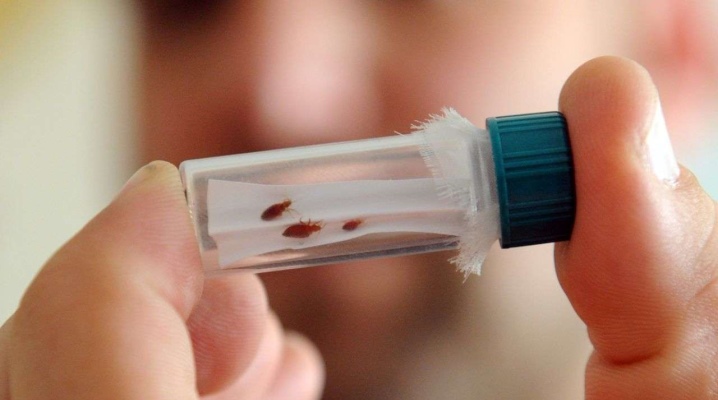
Bed bugs are pests that require an immediate response from the owners of the house. Their bites cause wild itching, lead to allergies (and very strong) and can cause an infectious process in the body. It is more convenient to deal with them with the help of traps, both professional and homemade.
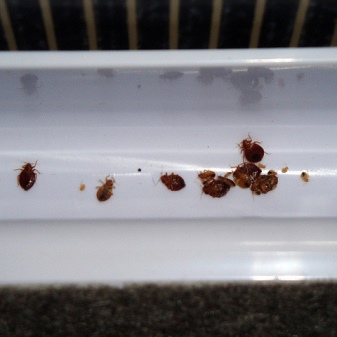

Characteristic
Bed bug baits - carbon dioxide, blood and skin secretions released during sleep in the human body. Therefore, using food as a trap is problematic; bedbugs are not interested in them. But they are also attracted by the warmth, because all these factors are taken into account when making traps for bedbugs.
Using human blood is a rather strange and completely ineffective method (if only because it quickly coagulates). All that remains is carbon dioxide, heat, lighting, and smells. This means that pheromones can be used. These substances mimic the odors that will lure bedbugs into a trap. Or devices are used that attract pests with heat, and as a result, they die from an electric shock.

Features of traps:
- unfortunately, it is almost impossible to destroy a large colony of bedbugs with them, that is, traps should initially be considered as one of the means, to be more precise - auxiliary;
- store traps are cheap, and homemade traps are very easy to make, so in any case you need to try;
- can also be used as a prophylactic agent.
If one doesn't work, you should try the other. But it is impossible to dwell only on traps: this pest is "smart" enough to give up so quickly.
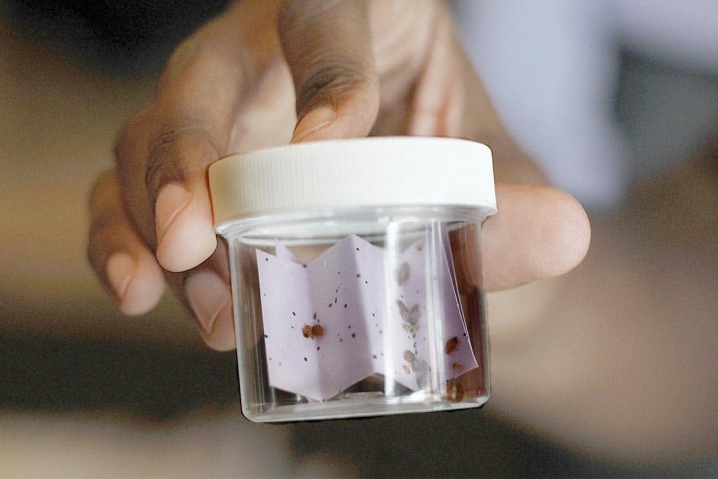
Views
Bedbug traps are passive and active... The active ones act thanks to a chemical bait (pheromones / heat / carbon dioxide), they are applied continuously for several days, because such use gives an understanding of the scale of the situation. Most active traps require electricity, and in some cases this factor limits their use. There are examples of exorbitantly high prices for such simple devices, so you should not be led by such advertising: not a single, even the most expensive active trap, can guarantee a complete solution to the problem.
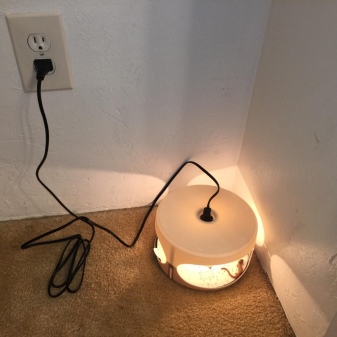
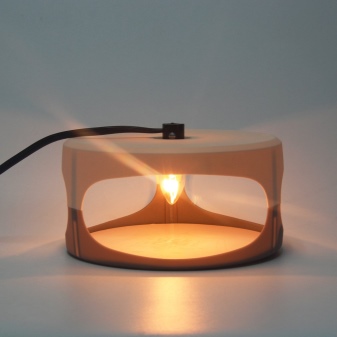
Passive species act without bait, but come with glue elements in the composition. In many ways, passive traps can be considered the best option for traps: they are cheap, they do not require electricity, and they do not emit anything harmful. But if the colony of bedbugs is large, they do not solve the problem well.
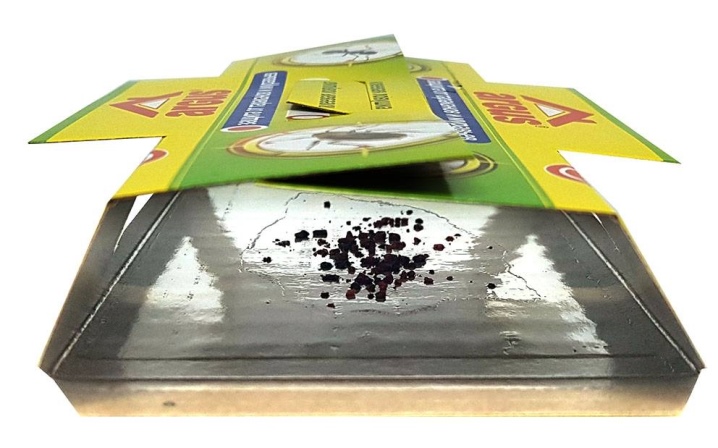
Common options for traps
- Sticky... The cheapest glue system: there are 4 sticky cartons in the package, which can be placed under furniture, anywhere else in the room. It is best to leave them under the legs of the bed, and as soon as the pest approaches it, it will immediately stick. And yet, this option is more effective as a monitoring tool than as an effective method of combating bedbugs.
- Sticky with a heat emitting lamp. This is an improved version of the first trap. Such a trap acts more brightly.
- Interceptor monitors. Hybrid option between active and passive species. Double cup monitors can also be installed under a bed or under the legs of other furniture. Such devices will catch 6 times more bedbugs than if a person did it by visual inspection.
- With pheromones and glue. Lightweight, you can take it with you on a trip if the living conditions may well turn out to be not luxury. The paper is removed from the adhesive card, attached to the bottom of the trap, a button is pressed to activate the pheromone, and you can wait.
- Electronic... There are also options based on high-frequency sound waves that the pest will not tolerate. But even they are not considered particularly effective, there is a lot of criticism against them.
- Specialized industrial. Bedbugs are attracted by heat and carbon dioxide, and when the parasite goes to these signals, the trap does not allow it to escape. An ultraviolet fluorescent lamp is used, whose light attracts the pest. If the infestation by bedbugs is negligible, the device promises an excellent result. It is always difficult to deal with a large colony in one way.
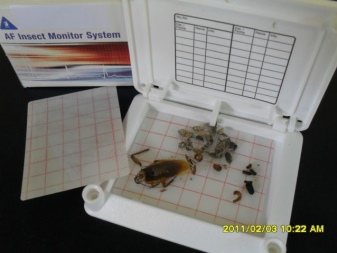
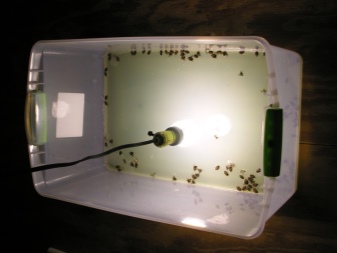
A separate type is homemade traps, which can be no worse than the advertised purchased ones.
The most effective ready-made options
It is worth noting that even if you still have bed bugs in your apartment, using these traps, you can get rid of new bites, so insects simply cannot get into your bed.
Trap HECTOR

It is a product made of durable plastic with a rough rough outer surface and a special smooth groove. One set contains exactly 4 traps, each of which must be placed under the leg of the bed on which you sleep.

Having felt the carbon dioxide released by a person during sleep, the bug immediately strives for its prey. Since this insect does not know how to jump and even more so to fly, the only way is to climb the legs of the bed, where already installed traps will await it.
It easily climbs along the outer rough surface, where it encounters an obstacle - a groove with smooth walls.
The insect, trying to overcome the obstacle that has arisen, slides and falls to the bottom of the groove, from where it can no longer get out.
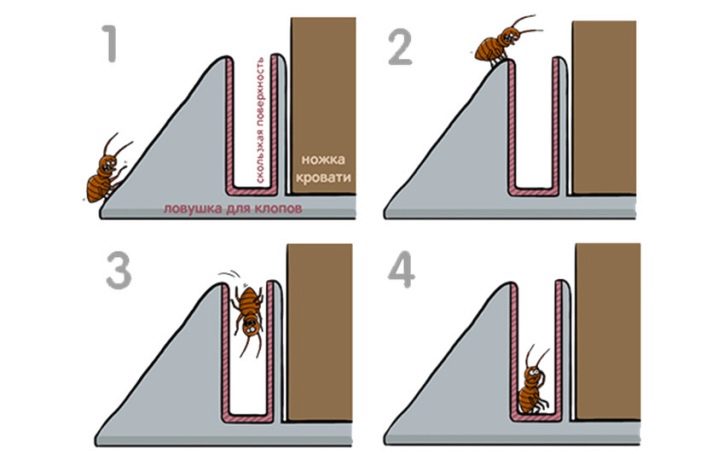
Quite popular in the market is considered trap "Combat". It looks like a small box with holes on the sides: through these holes, bugs turn out to be inside. There they begin to come into contact with the poison. And one parasite, poisoned inside such a trap, will be able to kill several of its relatives.
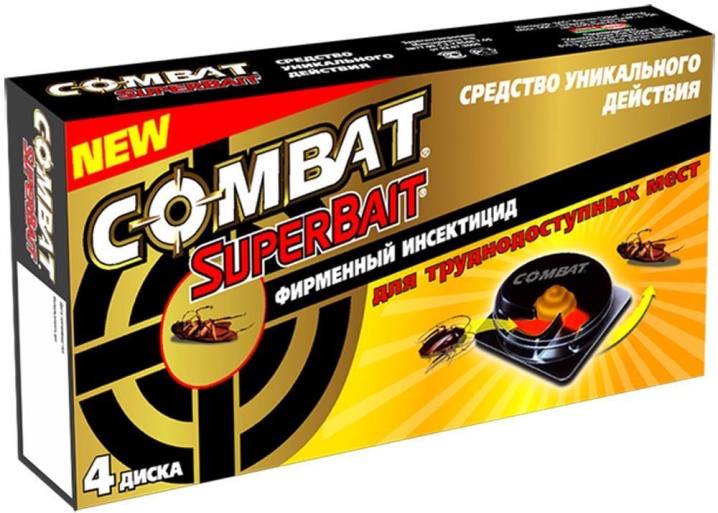
A carbon dioxide trap is also considered effective. This is a vessel filled with carbon dioxide, a tube and an umbrella are connected to it. Gas slowly comes out of the umbrella, and it attracts bedbugs. When many pests congregate in an umbrella, the trap is full, and the homeowners can get rid of the caught parasite.
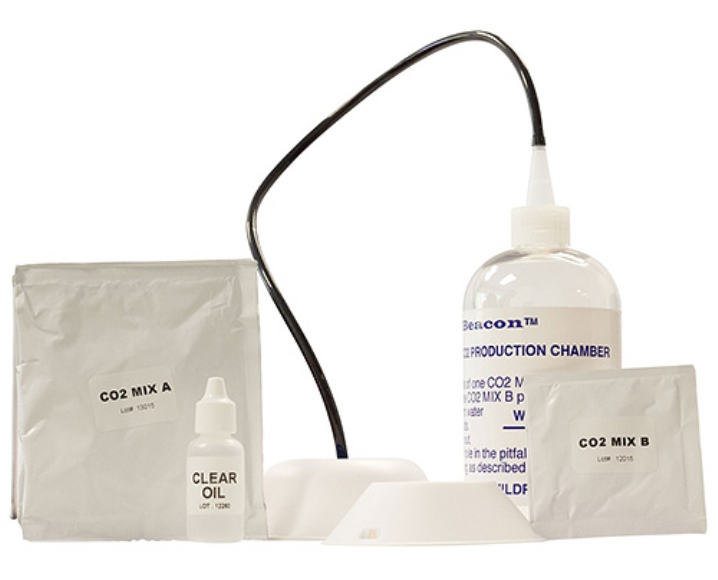
Suffice it to say that it is worth combining the purchased options with homemade... This is the only way to truly achieve efficiency. And do not forget that there is no single recipe. For example, many are confidently looking for a ready-made trap in the store, not paying attention to the use of spices and herbs. But bedbugs are very afraid of ordinary vanillin. If you mix vanillin and baking soda, put it on paper by your bed or elsewhere in the house, the bugs won't bother you. Although this is more a trap-repeller than a trap.

How to do it yourself?
The easiest homemade option is water containers. Bedbugs that descend from furniture into these containers will die.
Homemade trap options.
- Containers with water. Take different-sized plastic containers or even cups. Fill a large container with liquid, place the smaller container in it. Make a total of 4 such systems. The bed is moved to the center of the room, traps are placed under each leg so that these legs are in the smaller of the containers. For a while, you will have to move somewhere to sleep. At least in the next room.
- Scotch... An option completely for the lazy: paste over the legs of all the furniture in the room with duct tape. Yes, the bug will stick wherever it is. But the method does not work on the larvae of the parasite, but it will be useful as a tool for measuring the scale of the disaster.
- Plastic bottle trap. The top of the bottle is cut off, leaving two-thirds of the container - this is the base of the trap. The edges are rubbed with sandpaper so that the parasites cannot slip down. Water is collected in the workpiece, sprinkled with talcum powder or ordinary flour on top. By the way, water can be replaced with sunflower oil. Furniture legs are inserted into these containers; for convincingness, you can fix them with tape.
- Bean tops. No, this is not a repellent plant. But the tops will not allow the bug to move. When it hits the beans, it freezes, it can be said to be paralyzed. Therefore, the bean leaves are laid out near the furniture legs.
- Dalmatian chamomile... A well-known insecticide will help to cope with bedbugs. The plant should be dried, ground into powder and scattered over all places where bugs may appear - mostly near furniture.
- Powdered sugar trap. Two different-sized plastic glasses are taken (like the big and small glasses for kvass), vegetable oil and powdered sugar. A little powder is poured into a large glass at the bottom, literally a quarter of a teaspoon. Vegetable oil is sent there in the amount of half a tablespoon. There will be a small glass in the center. And each furniture leg is put into this structure (mainly beds need to be processed). The bugs will no longer be able to get out of the sugar trap.
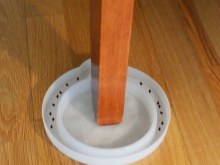
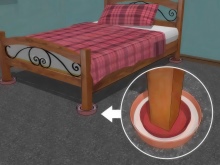

All homemade options work either according to the same principle or similar ones. None will give a 100% guarantee, but inaction will certainly not drive bedbugs out of the house.
Application
It is necessary to use traps in conjunction with the means of general processing in the apartment. These are mainly concentrated liquids and aerosols. A method called "Hot fog" is in special demand now: this agent penetrates into all parts of the home, the poison spreads through the house in the form of a suspension of fine dispersion. But the substance is very toxic, you cannot stay at home after such treatment, you need to move somewhere for a while.
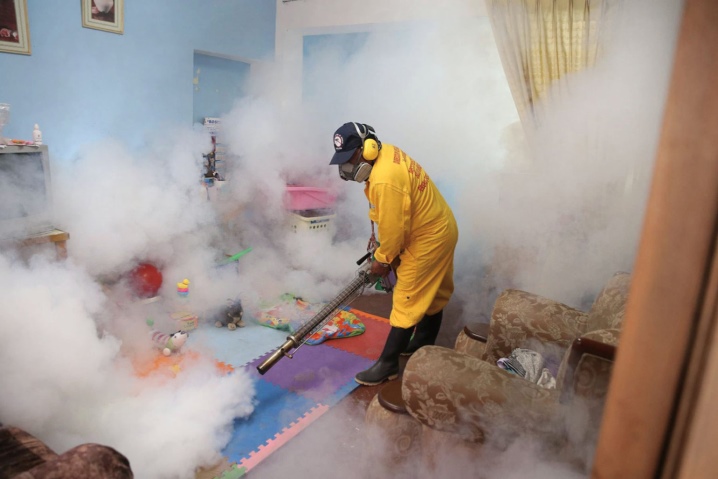
An acquaintance can also help many "Raptor", but one aerosol can is not enough even for one room, again the drug is toxic. If you absolutely do not want to use chemistry, and not such an opportunity, the option of steam treatment is considered. It is safe for residents.
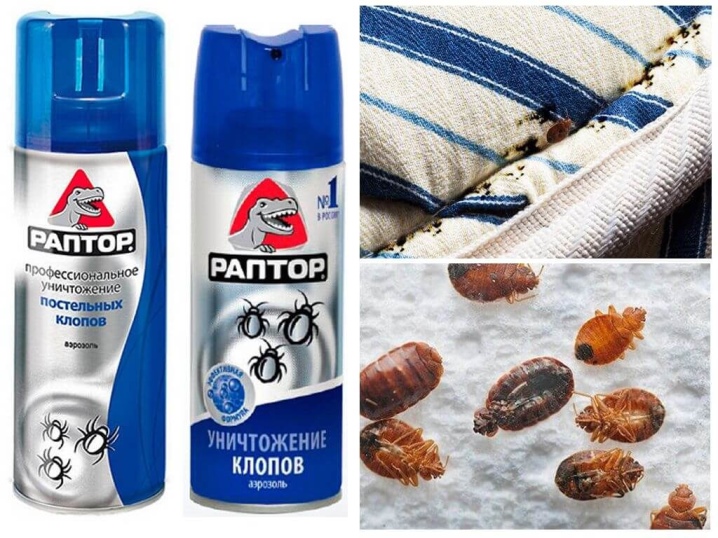
The source of hot steam should be directed to the pest nests, visually visible individuals and egg clutches. A steam generator or an iron with a steamer will help. But this method is not ideal either, because not all things in the house and not all furniture can be steam treated.
In a word, bedbugs are a real attack. We'll have to do a general cleaning, boil the laundry, treat everything with disinfectants, and finally set up traps. And only such a sum of actions will give any result.
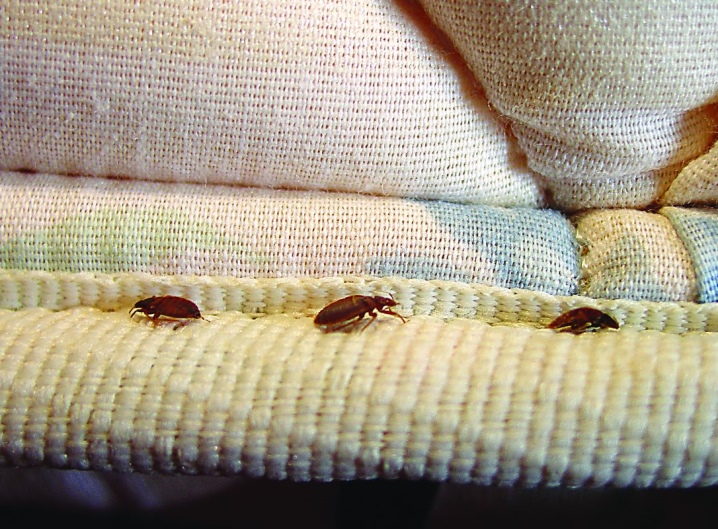













The comment was sent successfully.